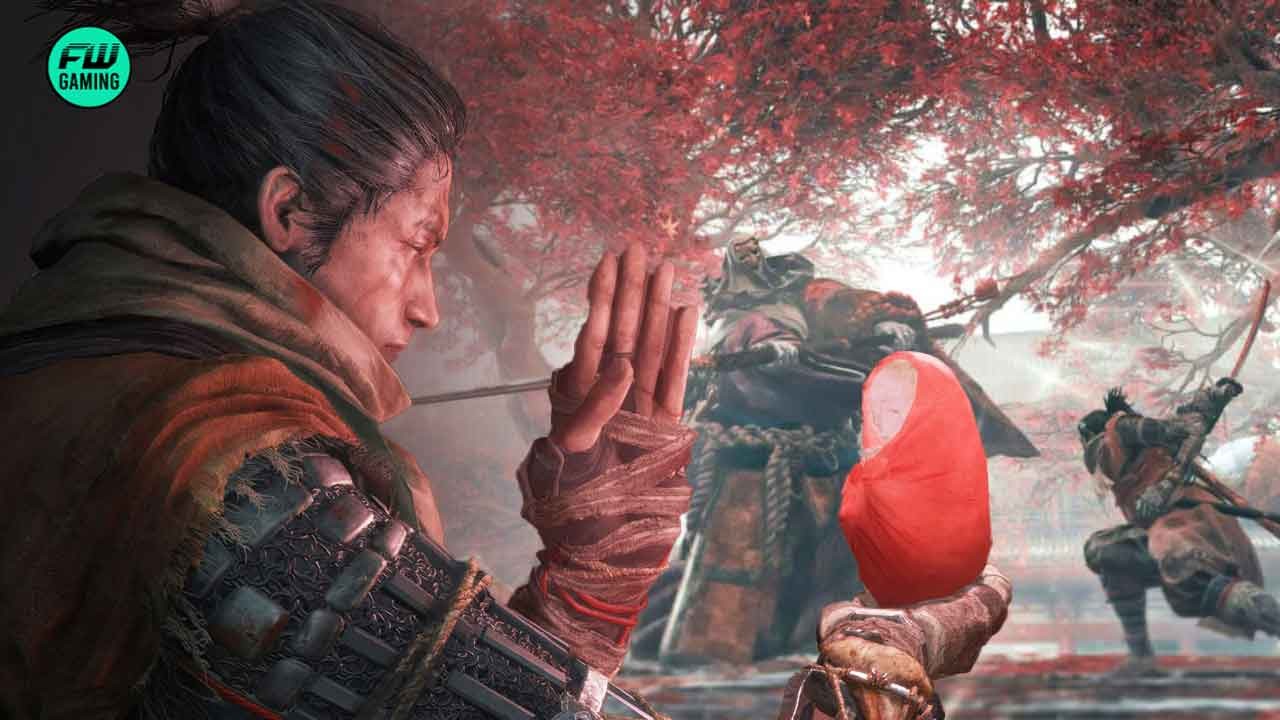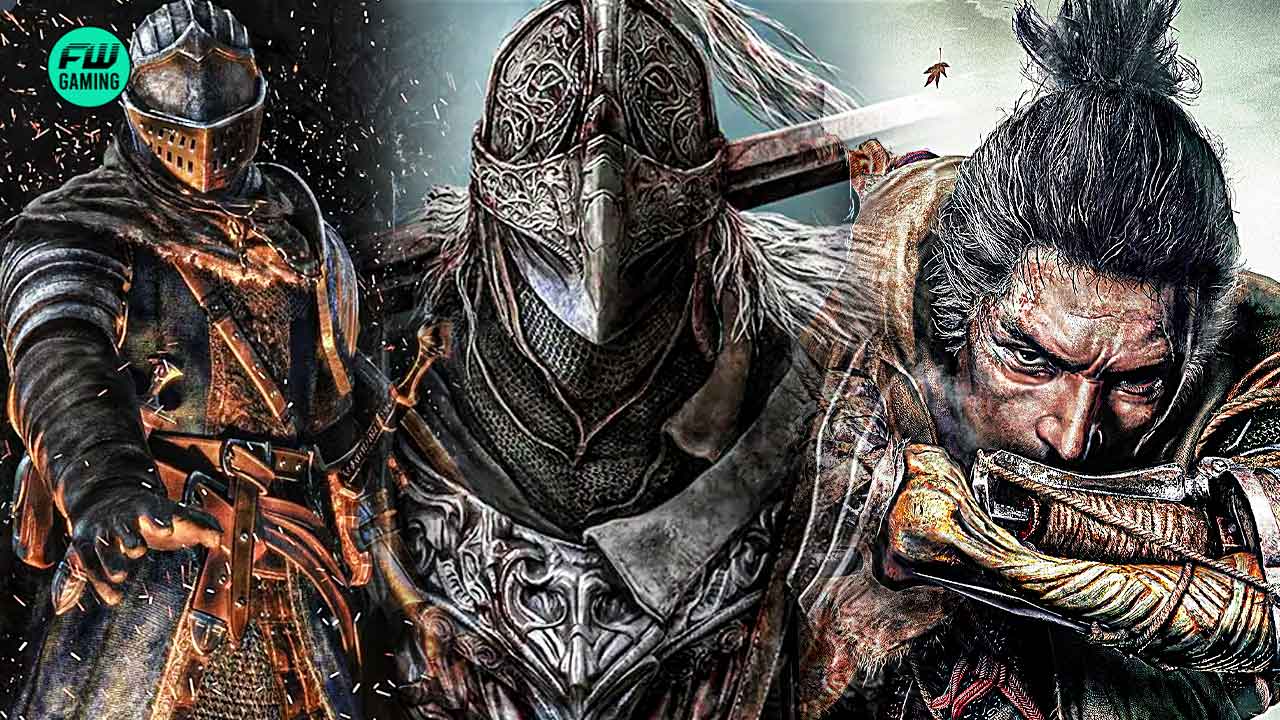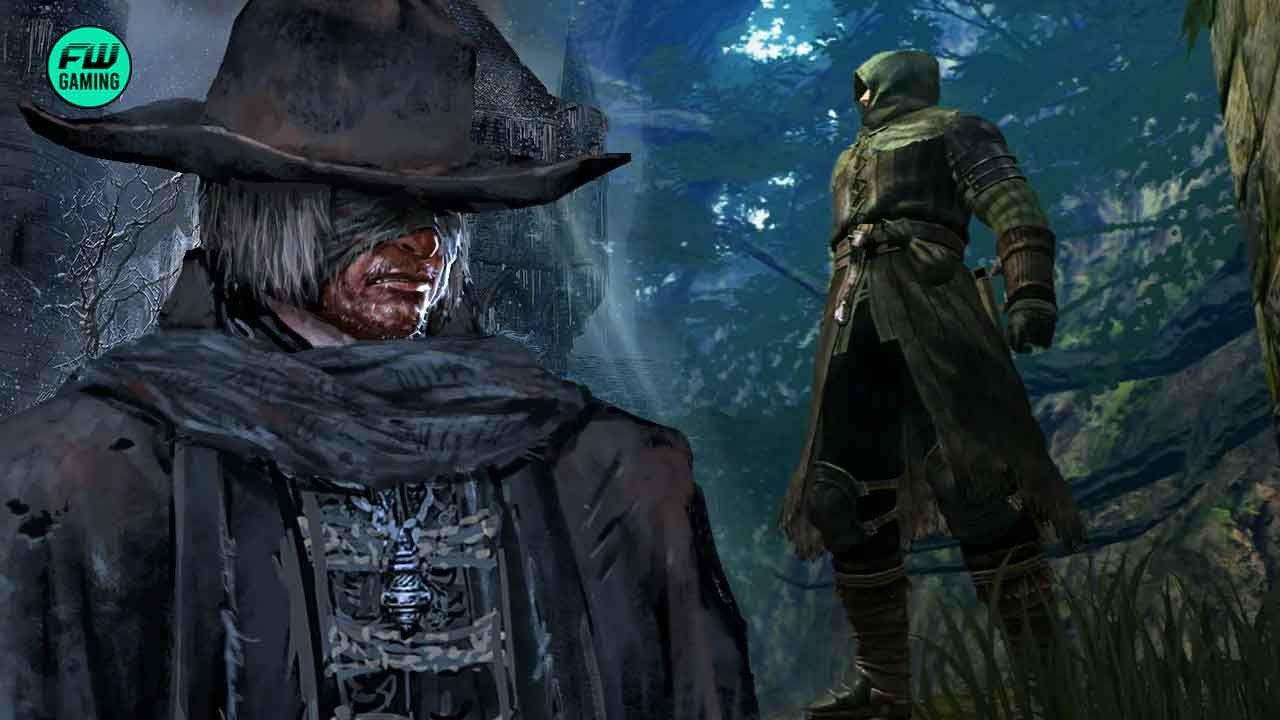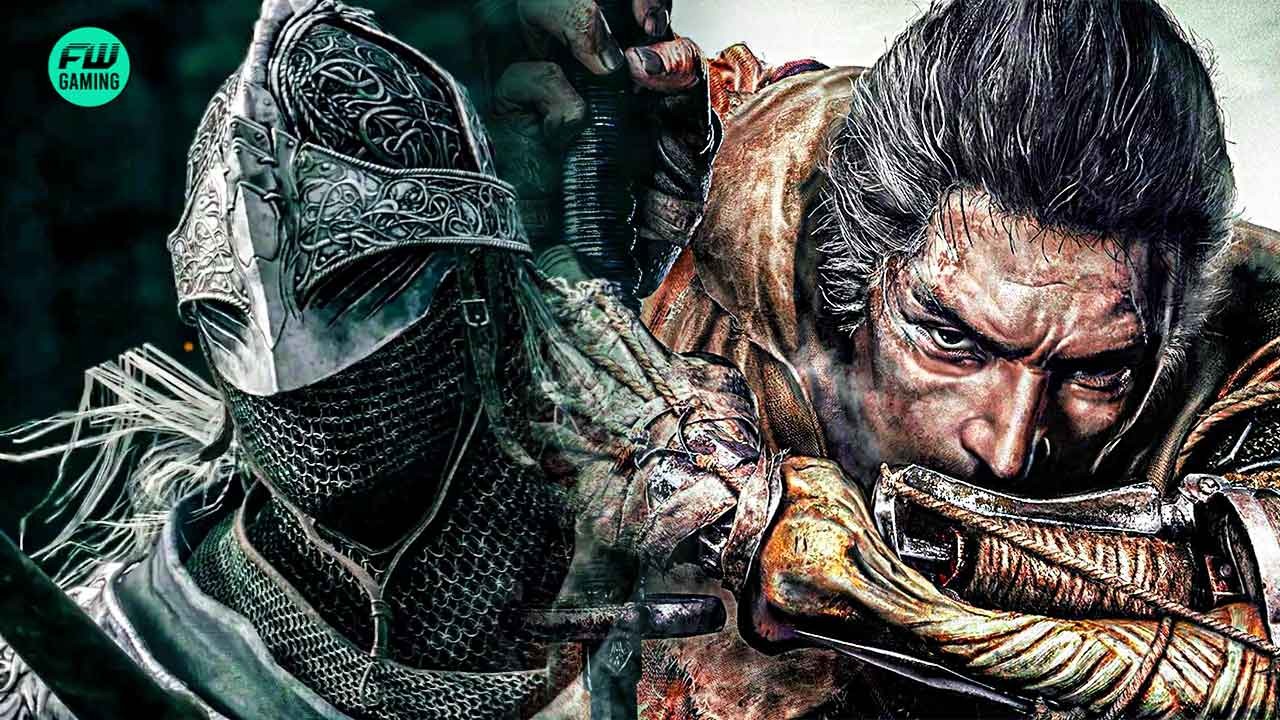Sekiro: Shadows Die Twice was a bit of a departure for both Hidetaka Miyazaki and FromSoftware from the fan-favorite Dark Souls series. It ditched the action-RPG formula, leaning harder into the action-adventure aspect and less into the RPG side of things, even binning the character creator.
Sekiro also featured a brand-new setting: the late 16th-century Sengoku period of Japan, also known as the Warring States era. The game isn’t a strict historical adaptation, though, as it uses the era as a canvas to tell its own tale, and Miyazaki’s reasons for this direction are brilliant.
Hidetaka Miyazaki Wanted To Make A Game About Ninjas
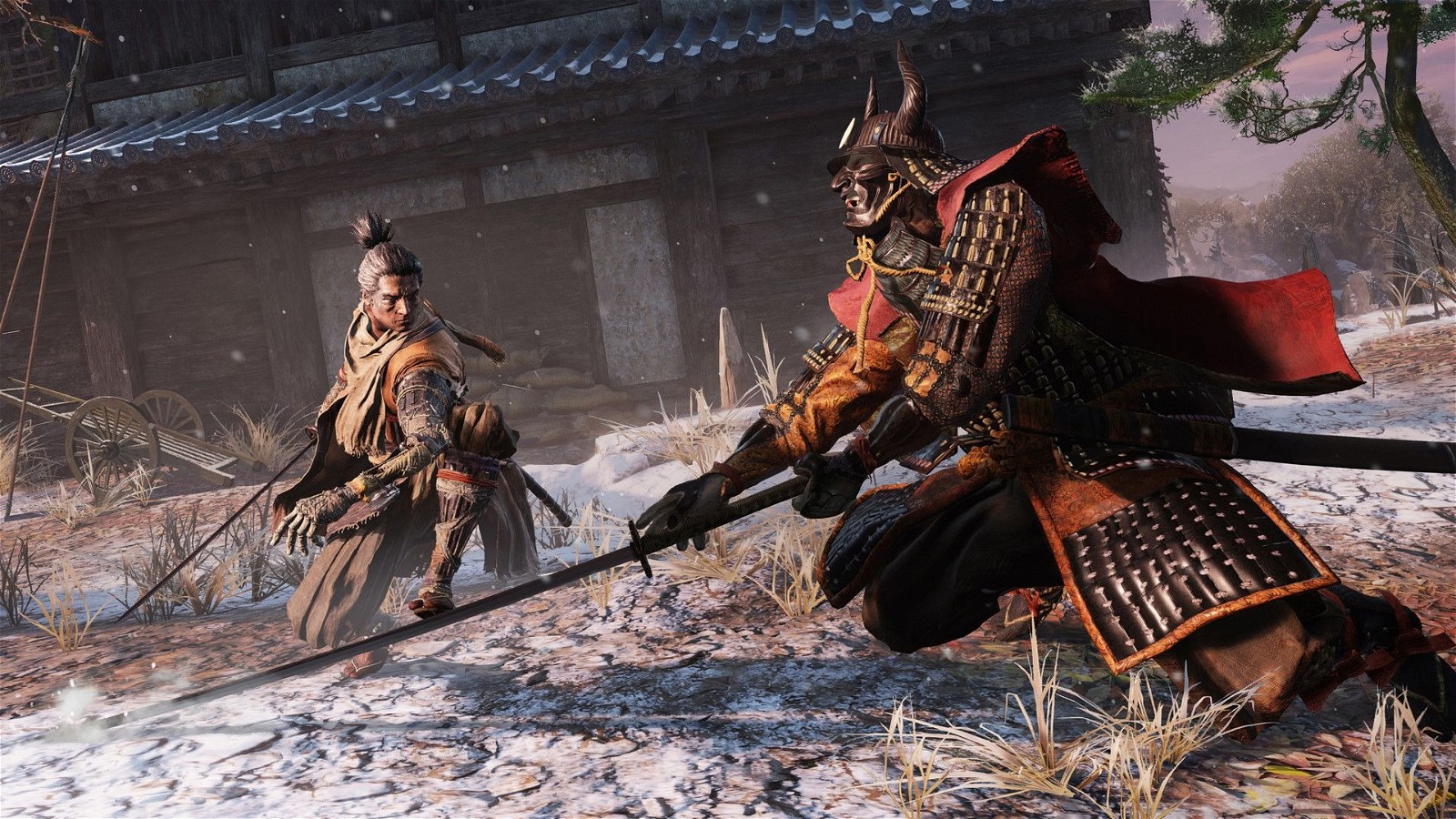
In an interview with Eurogamer, Sekiro: Shadows Die Twice director Hidetaka Miyazaki spoke about how the era of choice affected the genesis of the game:
This was actually a big impetus for the original early discussions for this game and what it was going to be. We wanted to make a game based around ninja, in a Japanese setting.
As one of the biggest and most renowned Japanese studios, FromSoftware getting to (somewhat) represent the history of their home turf in Sekiro: Shadows Die Twice must’ve been an exciting opportunity for the developers. However, there was more to Miyazaki’s reasoning.
The Japanese Setting Influenced Sekiro‘s Combat
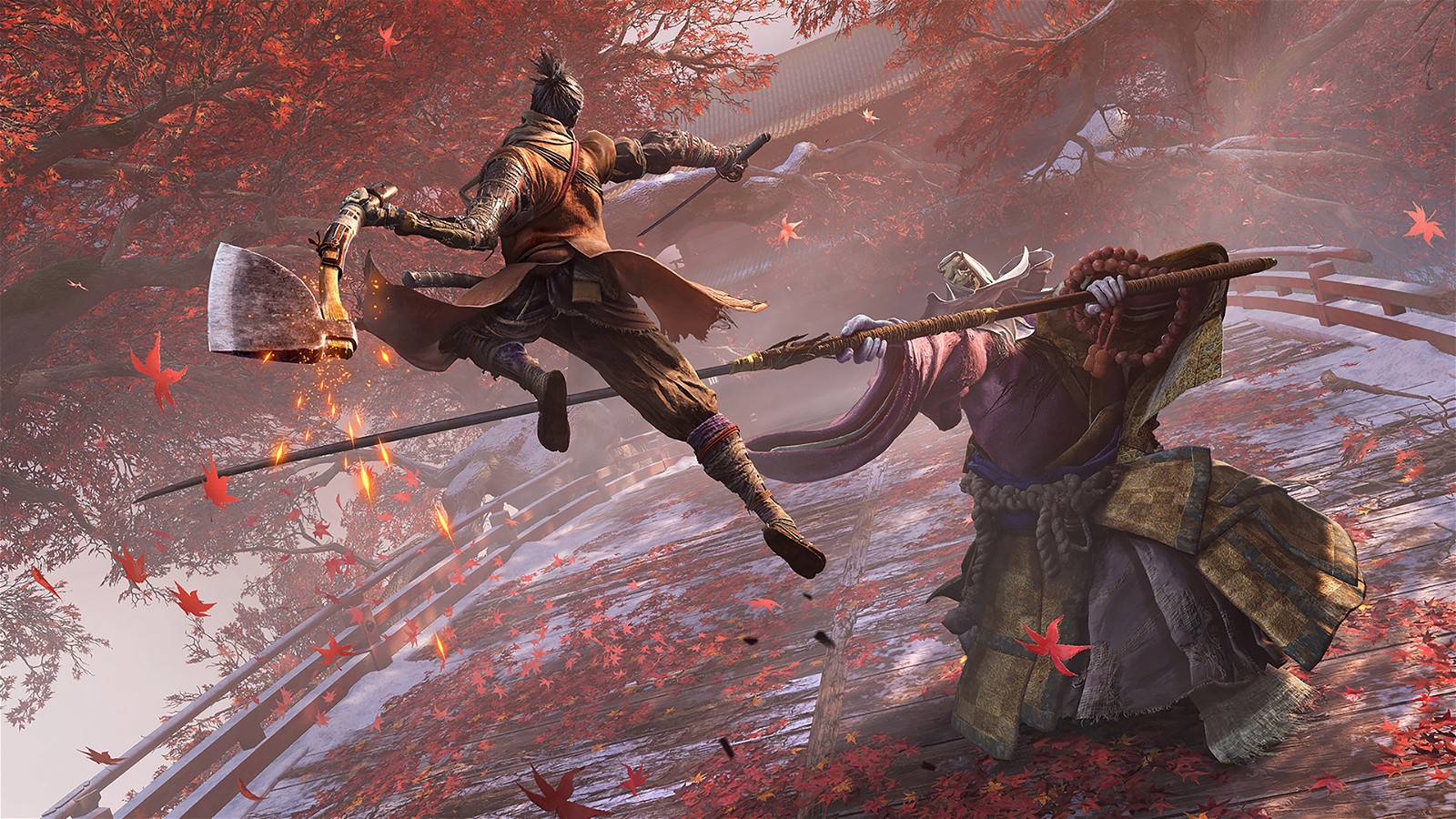
Further elaborating on why Sekiro: Shadows Die Twice immerses players into the Warring States period, Miyazaki said:
The reasons for that are twofold; one is that we can use things like the ninja’s ability to jump – we can use it to freely traverse the map in a very three dimensional space and use that for our mobility and in combat and in exploration as well.
The developers certainly made the most out of this creative choice, considering how bosses like Genichiro Ashina and Lady Butterfly jump and leap around the arena to attack. Miyazaki continued:
The second is how you fight. We feel that samurai are a lot more grounded; they [hold their] weapon in two hands, they fight on the ground, there’s just one way – that’s their aesthetic. The Shinobi aesthetic is to use everything in their arsenal – use a multitude of tools, use their mobility. They can go toe-to-toe with their katana, but this guy can also use his Shinobi prosthetic. He can get the drop on enemies, he can ambush, he can use stealth. There’s a multitude of ways that we can let the player express themselves in combat.
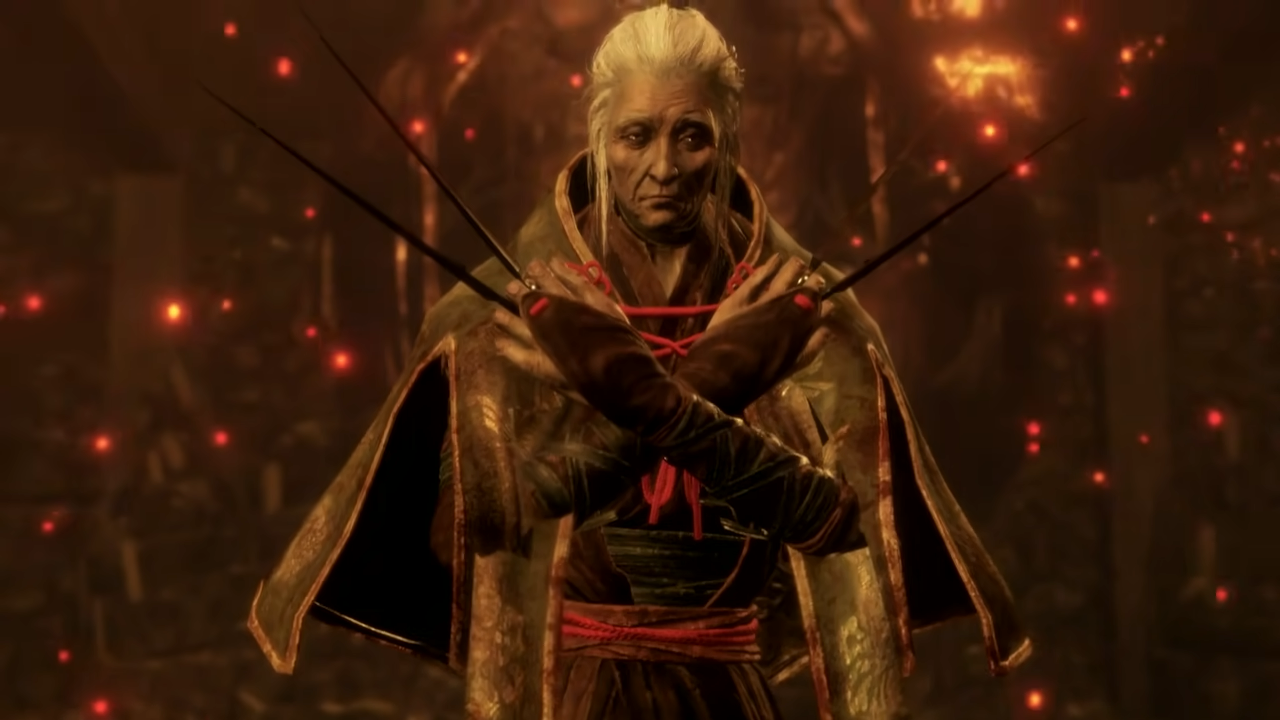
FromSoftware really went all-out with Sekiro. Fusing a historically significant era of Japan with fantastical creatures like the Guardian Ape and Great Serpent, the action-adventure title stands out as one of their greatest, winning the coveted Game of the Year award in 2019.
But what’s more astonishing is that Sekiro: Shadows Die Twice was a foray into a bold new direction by Hidetaka Miyazaki, and it paid off beautifully, as the game has sold over 10 million copies despite its brutal difficulty. You may be chuffed at the lack of a customizable character, but you can’t deny the sheer greatness of this game.

